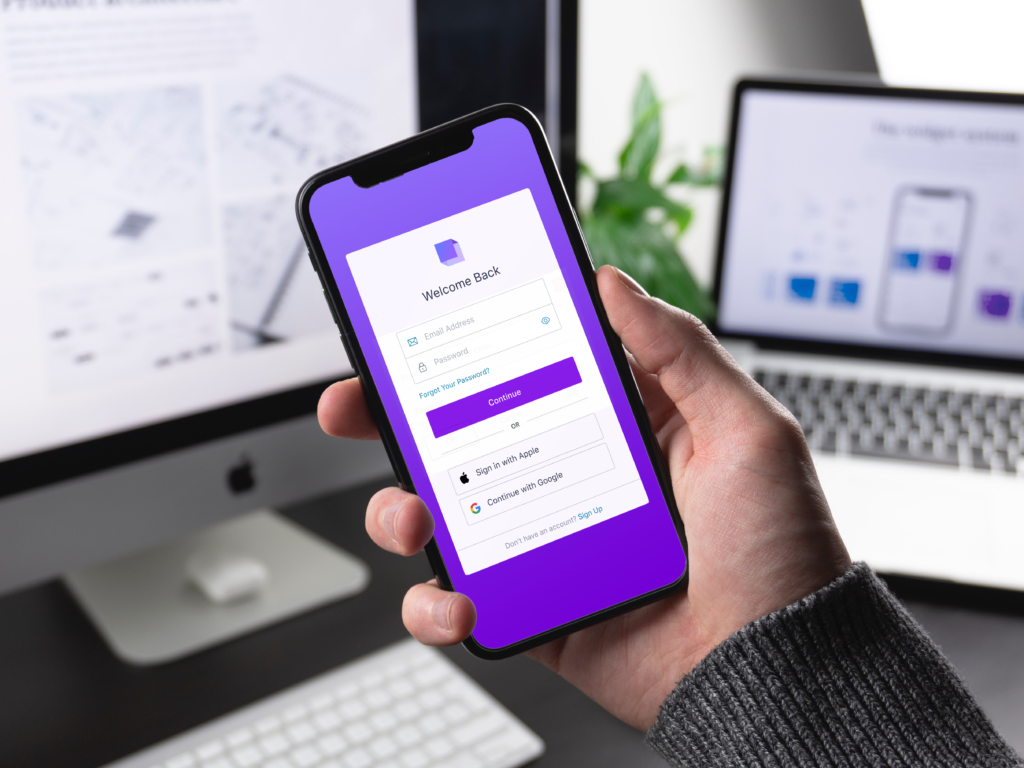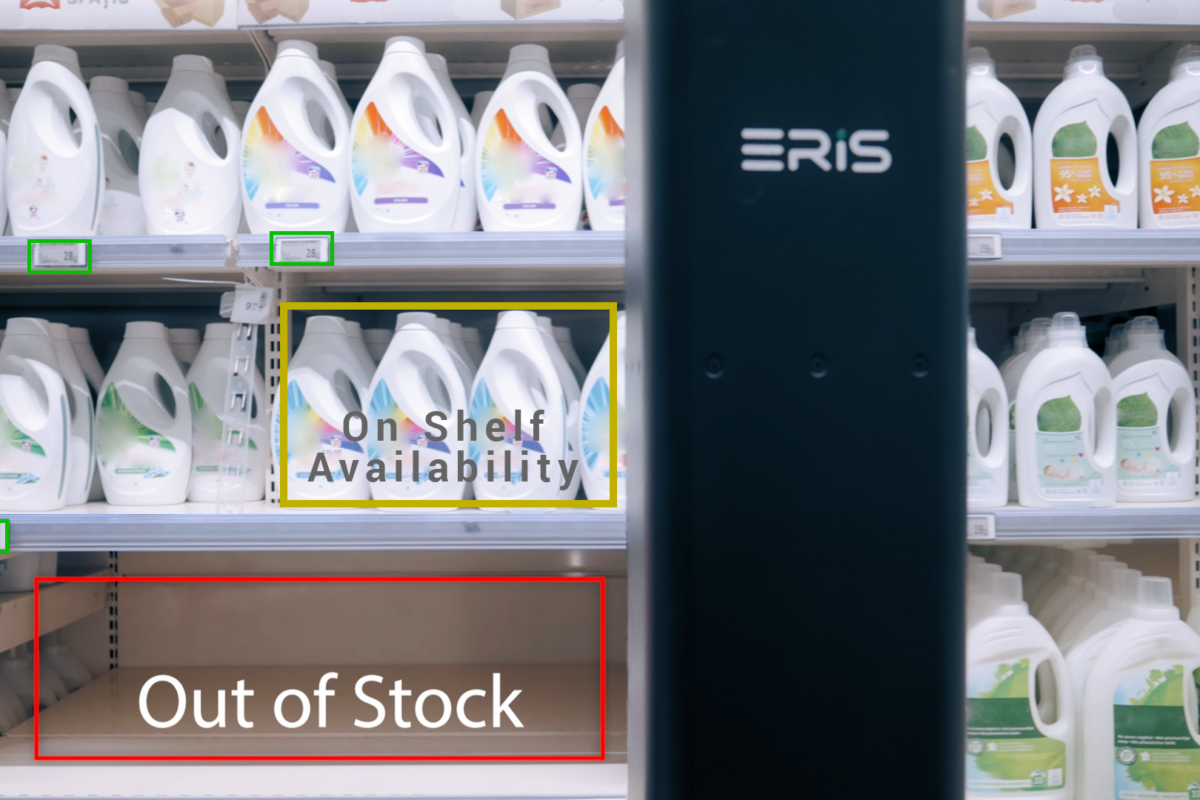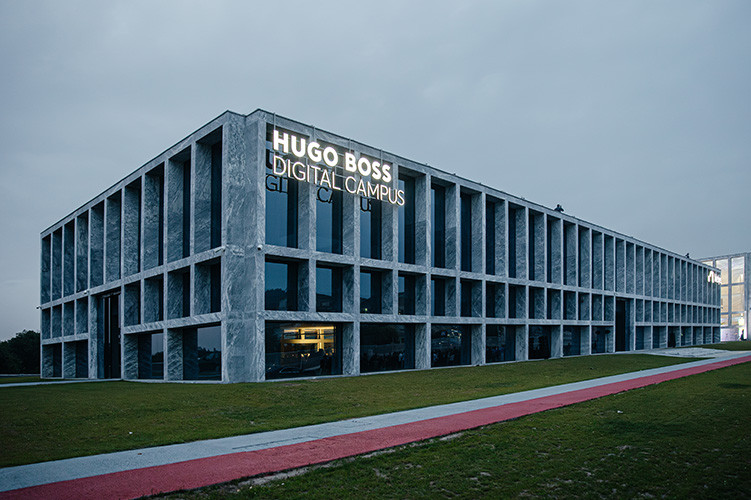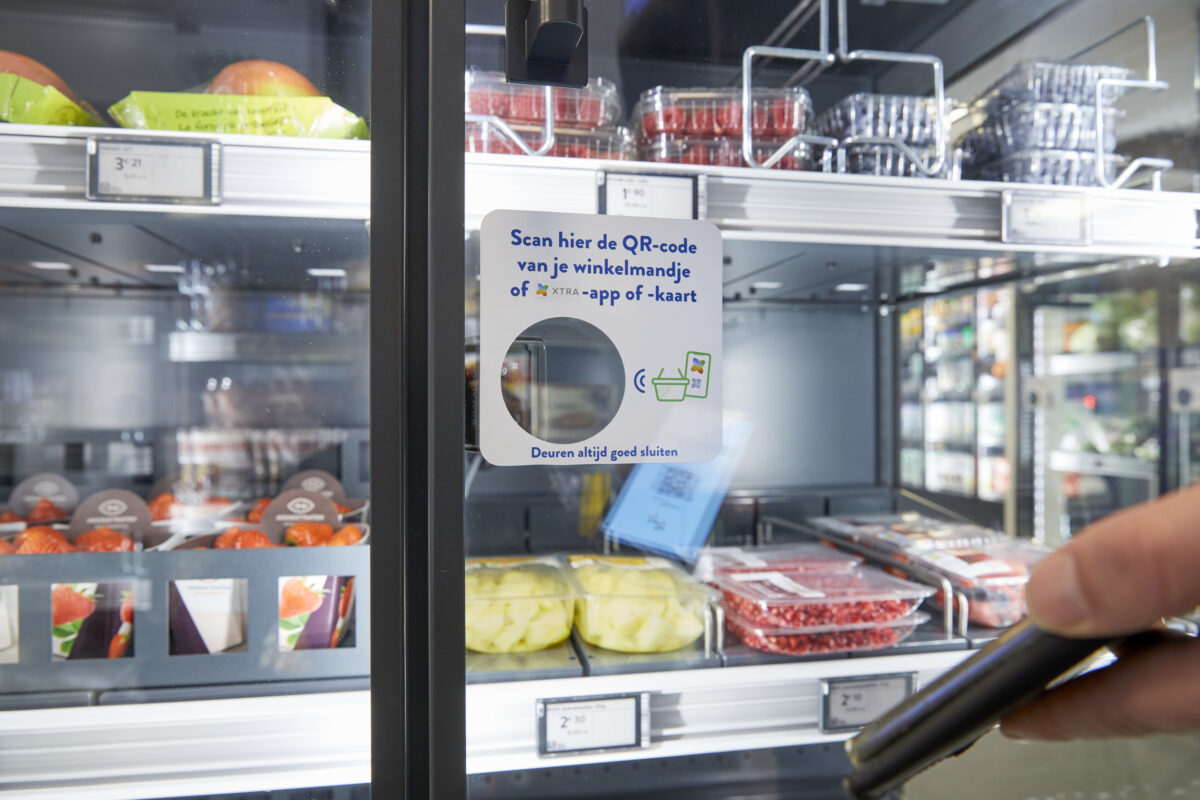The optimal login in online storesand the constant view of the customer
By Katja Laska (exclusively for EuroCIS.mag)
From the customer’s point of view, buying in an online store should be as easy as possible, otherwise customers will go elswhere. In our interview, Vitor de Sousa, Area Vice President DACH at Auth0, explains why even the right registration process contributes to completing a purchase and to long-term customer loyalty.

©Vitor de Sousa
Vitor, what do customers now expect from an optimal customer experience?
According to recent Auth0 research, 65 percent of consumers expect companies to keep their data secure. If the registration process in e-commerce is too complicated, 78 percent of customers abandon their purchases in the online store. Online retailers therefore have the challenge of striking a smooth balance between security and customer experience. Three factors form the cornerstones of a successful customer experience: simplicity, security and privacy.
Among other things, you are experts in seamless login. Why is this step also part of the CX and what role do topics like omnichannel play?
Customer loyalty starts with the registration process or the login process. Many retailers neglect this, and later wonder why purchase transactions were simply aborted shortly before payment. Today’s online customers expect to receive their purchase or online service quickly and smoothly. If they are blocked by cumbersome logins, they immediately migrate to the competition. There won’t be a second time. That’s why decision-makers should take a close look at their users’ online behavior to better understand their login preferences. This also has implications for services offered in brick-and-mortar stores. Customers who have to spend hours logging in to a store are unlikely to use services such as Click & Collect or Click & Reserve.
What are the current shortcomings of login offers from stores?
Many companies simply fail to recognize the importance of onboarding for long-term customer loyalty. In addition, the majority still rely on traditional methods for logging in, such as username and password, which, although still popular with customers, pose a high security risk. It is precisely in the case of such authentication procedures that it becomes clear that customer wishes are not yet sufficiently anchored in the consciousness of decision-makers. Customers want modern solutions that enable them to log in securely and conveniently.
What should retailers do to meet users’ expectations here as well?
Retailers should provide their target group with the right login options from which customers can choose flexibly. If a procedure is imposed on them that does not meet their expectations, they are gone. The purchase is canceled, and a competitor is happy with the sales. If the target group is on the move with a cell phone, “Sign in with Apple” or “Passwordless” should be offered, for example. Modern identity platforms can now test different authentication methods to see how they affect sign-up rates for new customers and login rates for returning customers.

© Auth0, Balazs Ketyi
What technical requirements must be in place to prevent abandoned purchases?
40 percent of German consumers would be more likely to authenticate with an app or online service if they could log in using multi-factor authentication, for example. Multi-factor authentication is part of Customer Identity & Access Management (CIAM), which asks for an additional step when logging in to protect online identities from cybercriminals. However, only one in four (27 percent) of German companies offer this option. However, adaptive multi-factor authentication can be used to ensure that an additional factor is not queried every time a user logs in, thus dragging out the login process. This distinguishes cybercriminals from online users by detecting anomalies. It then only asks for an additional factor when, for example, a German user logs in from another country.
Customer Centricity: How can you put the customer at the center and (further) strengthen loyalty?
This requires a holistic approach that works when technical departments, i.e., IT development, work together with customer-facing departments, such as marketing, and jointly analyze how their management of digital customer data currently harmonizes or does not harmonize with the infrastructural requirements. Only when customers experience a smooth and secure process, and of course receive correspondingly individual services, can a customer experience truly begin.
Putting the customer at the focus? Find out more about Customer Centricity in the Hot Topics! Be there live at EuroCIS 2022 from February 15-17 in Düsseldorf – the Leading Trade Fair for Retail Technoloy!




















